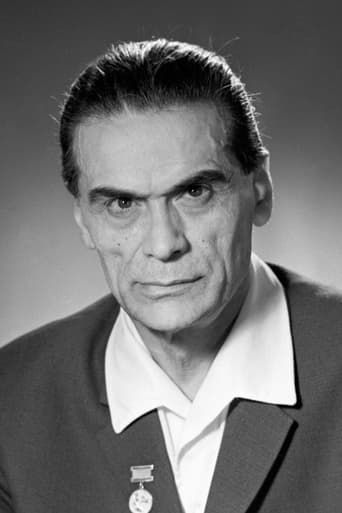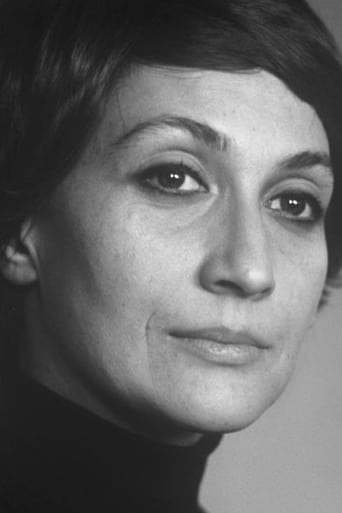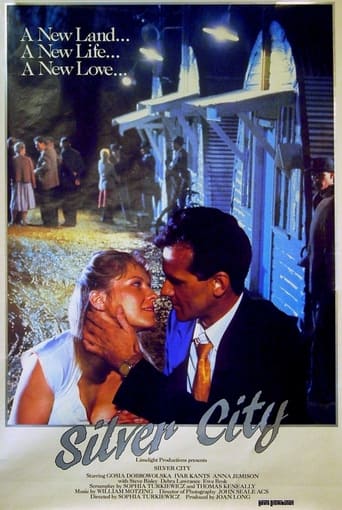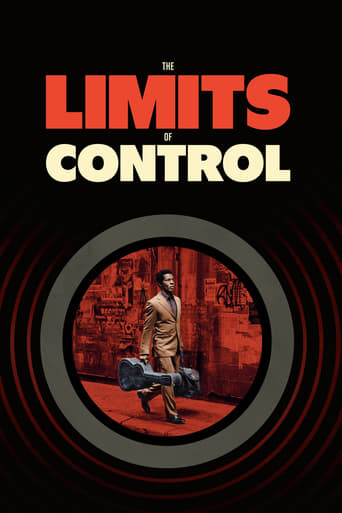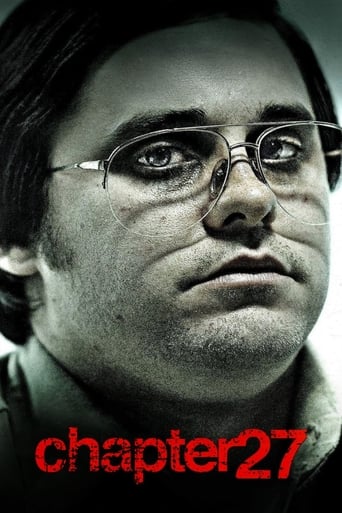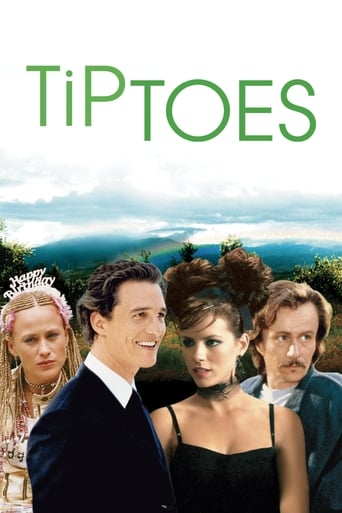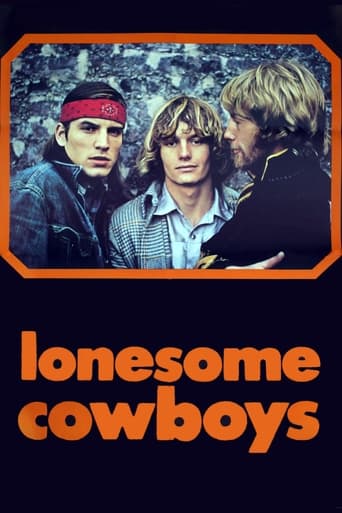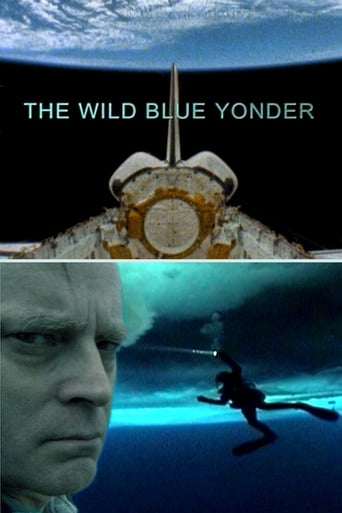
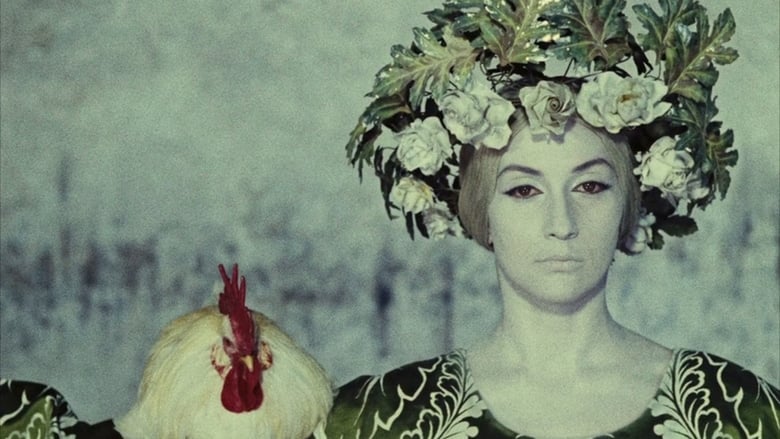
The Color of Pomegranates (1969)
The life of the revered 18th-century Armenian poet and musician Sayat-Nova. Portraying events in the life of the artist from childhood up to his death, the movie addresses in particular his relationships with women, including his muse. The production tells Sayat-Nova's dramatic story by using both his poems and largely still camerawork, creating a work hailed as revolutionary by Mikhail Vartanov.
Watch Trailer
Cast


Similar titles
Reviews
How much do you know about foreign culture? One interesting thing about world cinema is that it forces a milky white, middle-class American (like myself) to venture into the cultures of many different people. As much as I would like to say that I always enjoy that aspect of film, some films have the ability to turn even the most liberal film critic into a blatant xenophobe. For me, one of those films is The Color of Pomegranates. A Russian film directed by Sergei Parajanov, this has to be one of the least pleasant and most pretentious experiences of my life. I will say, in my introductory paragraph, that I would not recommend this snooze-fest to my worst enemy.The Color of Pomegranates is a film that only arguably tells a story. I have read that it supposedly created a cinematic language through striking visuals and material symbolism. And though I am sure that this really happened, I cannot say that I noticed any of it. The concept that Parajanov based his film around was to tell the life story of the Armenian poet, Sayat Nova (King of Song), using non-literal and poetic imagery that more closely represents his art over his actual life. This means that the entire film is relatively without dialogue and features some excruciatingly pretentious still shots. In fact, the camera hardly moves throughout the entire production. It is just a jumble of long shots that lack any solid continuity.One thing that I forced myself to remember is that I have seen this type of film before. I was automatically brought back to the surrealist movement of the late 20's and 30's with Louis Buñuel and Salvador Dali, but I think that this association would offend Sergei Parajanov. He was not making a surreal film; rather he was trying his best to tell a story through symbols and gestures. The fact that there is supposedly a story hidden in there keeps The Color of Pomegranates from being a surrealist picture.So then what is this film really? There have been several filmmakers who try and tell an artist's story through works rather than facts, and I have never been much of a fan. Though the comparison is thin, one film that succeeds with the endeavor is Fur: An Imaginary Portrait of Diane Arbus (2006), which narrates the life of the famous photographer using her influences as a visual. But still, Fur is a film that stays within the boundaries of convention. Parajanov is not interested in conventional anything.I suppose what you are reading is an American boy's yearning for a more Hollywood-like structure in his entertainment, and I will admit that it embarrasses me to write that. But The Color of Pomegranates is simply a painfully boring film. I may be uncultured, but I was also horribly uninterested in this dribble. We are treated to the visual of men slaughtering goats, one exposed female breast, a man riding a horse, people shooting guns and (of course) the leaking of pomegranates; which represents blood – the essence of life. Deep right? This is the part where my fellow cinophiles tell me that I do not "understand" what Parajanov is trying to tell me with The Color of Pomegranates. I assure you that the obvious religious imagery, worked in coming-of-age angst and the allusion to VERY old poetry was not lost on me. I guess I just do not have an invested interest in the culture. I am certainly not interested enough for something like this movie.At the end of the day, I want to be entertained by a film. The Color of Pomegranates can boast some beautiful scenery, but it lacks even the most basic values that interest a consumer. I have a hard time believing that there are people in the world who could legitimately enjoy something like this, but there has always been a market for the pretentious. The symbolism is ineffective and the story is lost in the fray of nonsense. I hated every minute of this film. It was an awful, boring and eye-opening experience. I gotta get out of the house more ..
How to portray the life of a poet on film without using traditional cinematic language? Armenian director Sergei Parajanov must have posed this question when he set out to adapt to the big screen the life of poet, national hero and martyr Sayat Nova. To say that The Colour of Pomegranates rejects linear storytelling would be an understatement. To say that it employs non-linear storytelling would be a compliment. I think it is more accurate to say this movie doesn't care about storytelling at all. Finding inspiration in the language of painting, Parajanov turns the life of one man into a series of tableaux vivants.The movie covers the life of the poet from childhood to death in a monastery, but biographical information is irrelevant. This abstract movie shows his life through the things that surround him - clothes and rituals, the religion, the art, the literature of his country, his family, his poetic muse; the objects and colours and people that left an impression on his imagination. There is no conflict, no goal, no moral, just a life illustrated by symbolic living pictures, each one shot by a static camera.Many good movies enthral audiences with greater-than-life characters, byzantine plots or catchy, quotable dialogues. But what is the beauty of The Colour of Pomegranates? The beauty of the movie lies in watching a boy lying surrounded by wet books as they dry on the sun, their pages fluttering with the wind. It's the beauty of highly-stylised human figures performing repetitive and hypnotic movements in strange rituals. It's the scenic beauty of how objects are placed in a landscape or in a room, how they move, how they interact with human figures; of how a costume looks on a human body or how colours are distributed across the screen to achieve harmony.Movies like The Colour of Pomegranates are the reason mass audiences despise art movies: cryptic, frustrating, slow paced, boring. Why would anyone want to watch a movie that requires a reasonable knowledge of Armenian history to merely understand its basic premise? And why would anyone then care to enjoy what they've understood from it? And yet it is movies like this that push forward the art of cinema. Many movies exist that make little use of the possibilities of the film medium. So many use the same medium shots, the same dramatic use of music at the right moment, and nowadays the same teal and orange colours. Most movies at the end of the day aren't more than 19th century novels with movement (most are even adaptations). When cinema language, the language that makes cinema distinct from other art forms, is used, when long takes, wide takes or extreme close-ups are used, filmmakers are accused of pretentiousness. But why bother making a movie that doesn't do what only a movie can do? Well, The Colour of Pomegranates does what only a movie can do. It couldn't exist outside cinema. Released in 1968, in the same year 2001: A Space Odyssey blew the minds of mainstream audiences, Parajanov makes Kubrick's masterpiece look conventional. This movie should be studied the way Eisenstein and Hitchcock's movies are today. It should have changed cinema. Unfortunately, whereas Kubrick had the freedom to distribute his movie, Parajanov's movie was being re-cut, censored and banned by Soviet authorities, which contributed to making it practically unknown to many viewers who'd love watching it. Although an integral version has been available for some decades now, this movie is still looking for an audience. And when it finds one, cinema may change forever.
Only a poem. Delicate and soft, carpet of symbols and silence, travel in the womb of myth and a form of childhood's definition. Difficult to understand without the Caucasian civilization notions, it is fall in the respiration of an age which lives, in small dose, in everyone. A masterpiece, at first sight story of an Armenian poet, the movie is travel in the essences of usual pieces of life. Nothing forced. Nothing fake. A ritual of lost memories, sketch of a way to be more that shadow. And a beautiful invitation to discover Sayat Nova's poetry. For me is one of the movies required. As spring wind, green apple taste, warm of grandmother kitchen, lace of old feelings, morning of Chistmas eve.
This movie is rather difficult to understand unless you know some background. Those people who don't want to think while watching a movie should not watch this. Some say that there is no plot but if you read about the movie background you will see a plot. My advice is to read about it before watching the movie. Although this film has almost no action, it is very beautiful with many references towards cultural traditions and rituals. It's probably not the movie to watch on a sleepover with your friends, but I recommend watching it when you have time to sit and think. The beginning, I must admit, was rather confusing and therefore boring, but if I had read some background previously, I would have found it more comprehensive. Otherwise, the filming is absolutely fascinating and very beautiful - it's less of a movie than a set of paintings.


